Growing vegetables in dry conditions can be challenging, but with the right plants and techniques, you can create a thriving garden even with limited water. Drought-resistant vegetables are specially adapted to thrive with minimal irrigation, making them perfect for container and vertical gardens in water-conscious regions. Whether you’re dealing with water restrictions, living in an arid climate, or simply want to conserve resources, these resilient plants will help you grow fresh food while using less water.
Free Water-Smart Gardening Guide
Download our complete planning guide with printable templates, watering schedules, and container combinations for drought-resistant vegetables.
Why Grow Drought-Resistant Vegetables?
Climate change has made water conservation increasingly important for gardeners worldwide. Many regions now experience longer dry periods and water restrictions that can make traditional gardening difficult. Growing drought-resistant vegetables offers several key benefits:
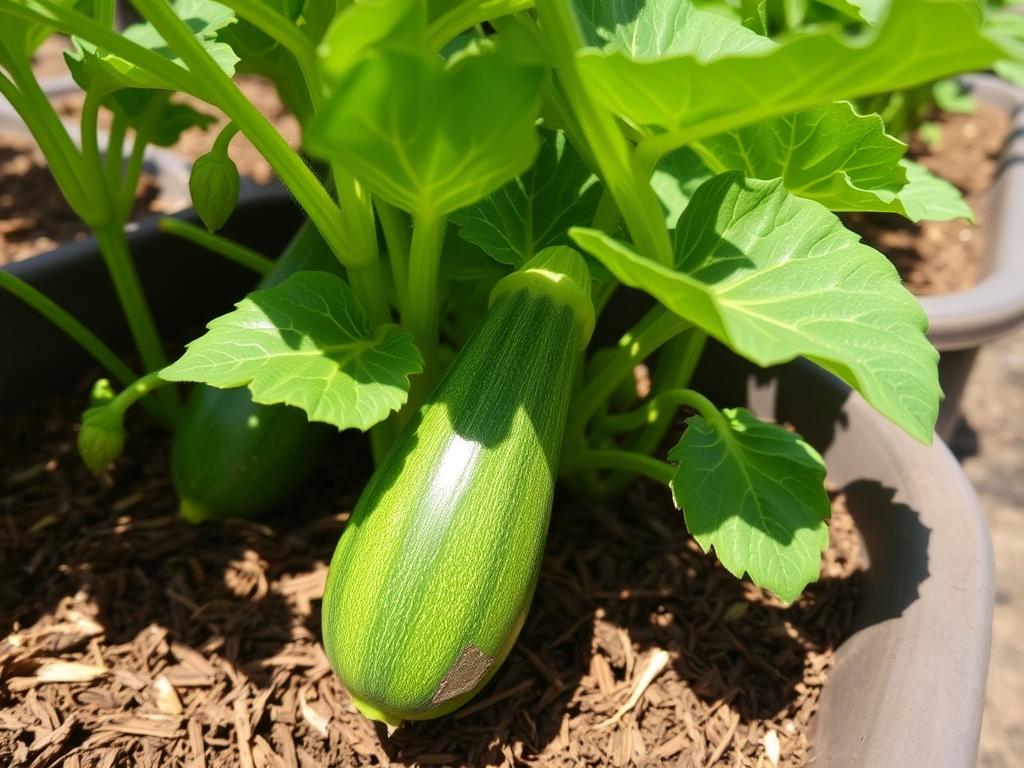
Container & Vertical Gardening Basics for Dry Conditions
Container and vertical gardening systems are ideal for growing drought-resistant vegetables, especially in limited spaces. These methods allow for precise water control and can actually be more water-efficient than traditional garden beds when properly managed.
Best Containers for Water Conservation
The right container can make a significant difference in water retention. Consider these options:
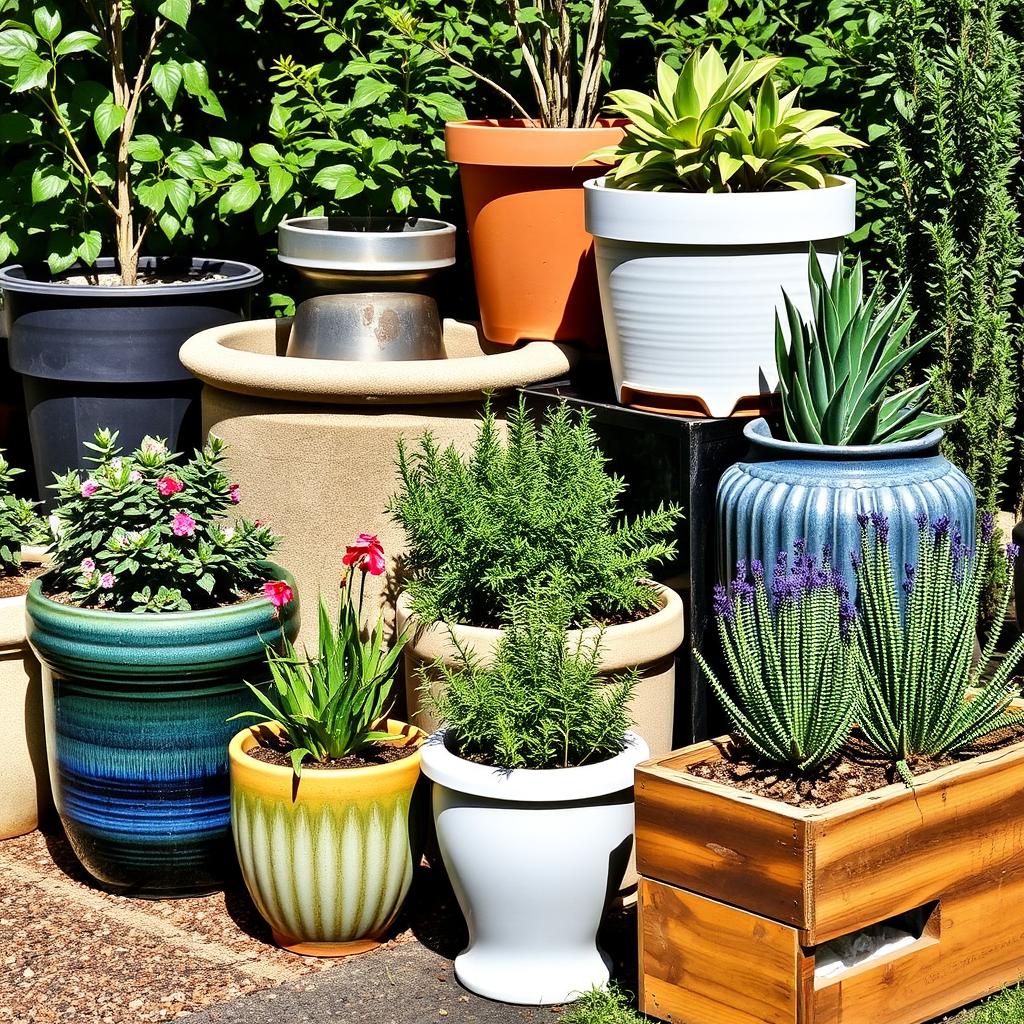
Vertical Systems for Water-Efficient Growing
Vertical gardening maximizes space while potentially reducing water usage. These systems work well for drought-resistant vegetables:
Pocket Planters
Fabric pocket systems allow for growing multiple plants in a small footprint. Choose pockets with water-resistant backing to reduce evaporation.
Tower Gardens
Vertical towers with stacked planting areas create efficient growing space. Many include internal watering systems that minimize waste.
Trellis Systems
Simple trellises attached to containers allow vining plants to grow upward, maximizing yield while keeping the footprint small.
Drought-Resistant Soil Mix Recipe
Creating the right soil mix is crucial for water retention while maintaining good drainage:
Mix 60% high-quality compost, 20% coconut coir (a sustainable alternative to peat), 10% perlite, and 10% vermiculite. Add a handful of worm castings for nutrients and a layer of mulch on top to reduce evaporation.
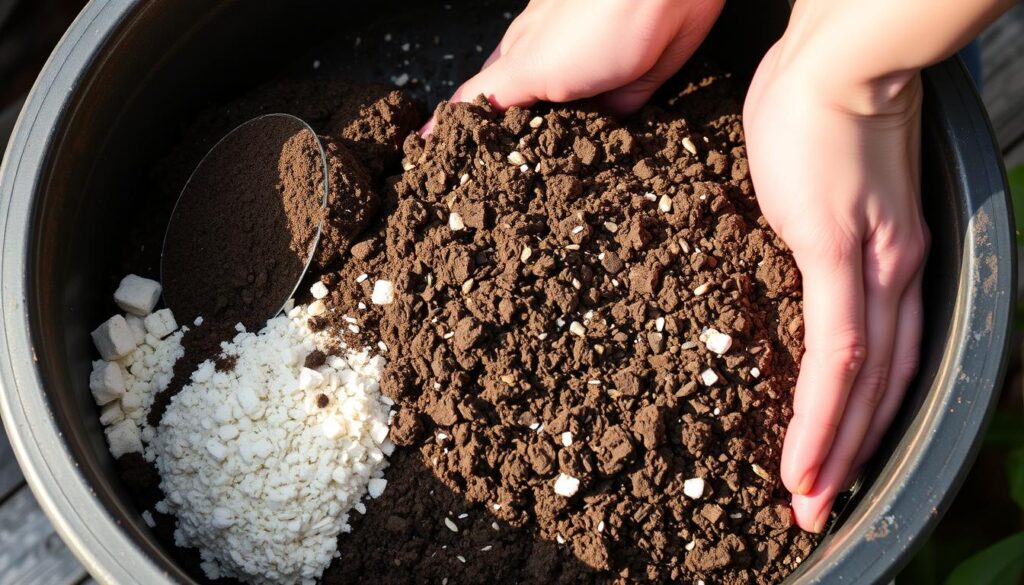
12 Drought-Resistant Vegetables for Your Container Garden
These vegetables have adapted to thrive with minimal water, making them perfect choices for container and vertical gardens in dry conditions. Each has specific requirements for optimal growth in water-restricted environments.
1. Swiss Chard
Swiss chard is remarkably drought-tolerant once established and continues producing throughout the season. Its deep roots help it access moisture even when the surface soil appears dry.
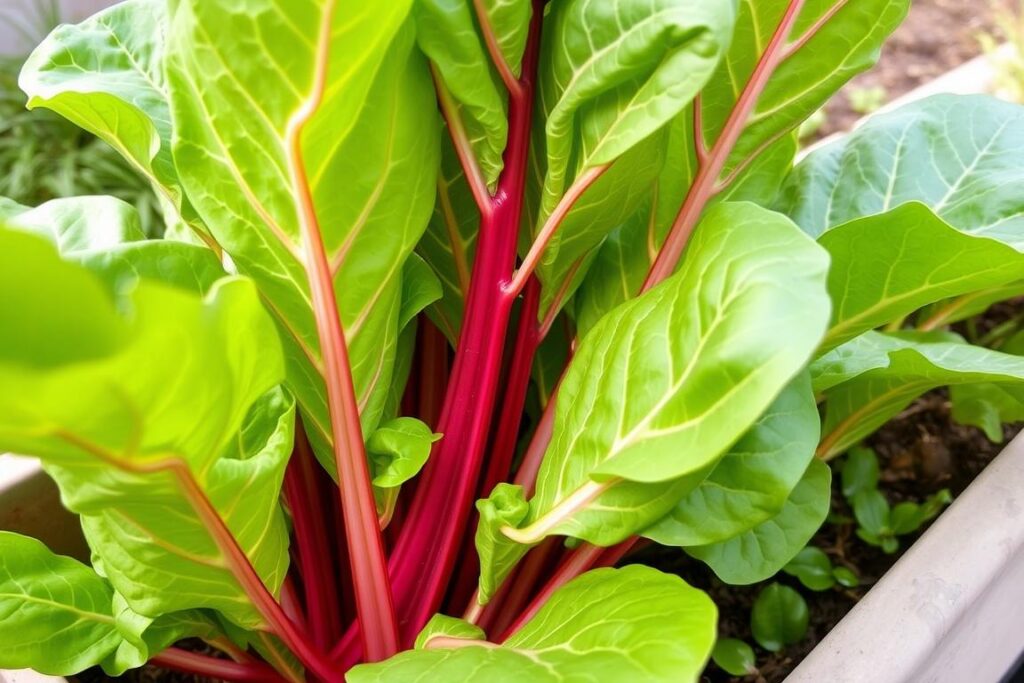
2. Pole Beans
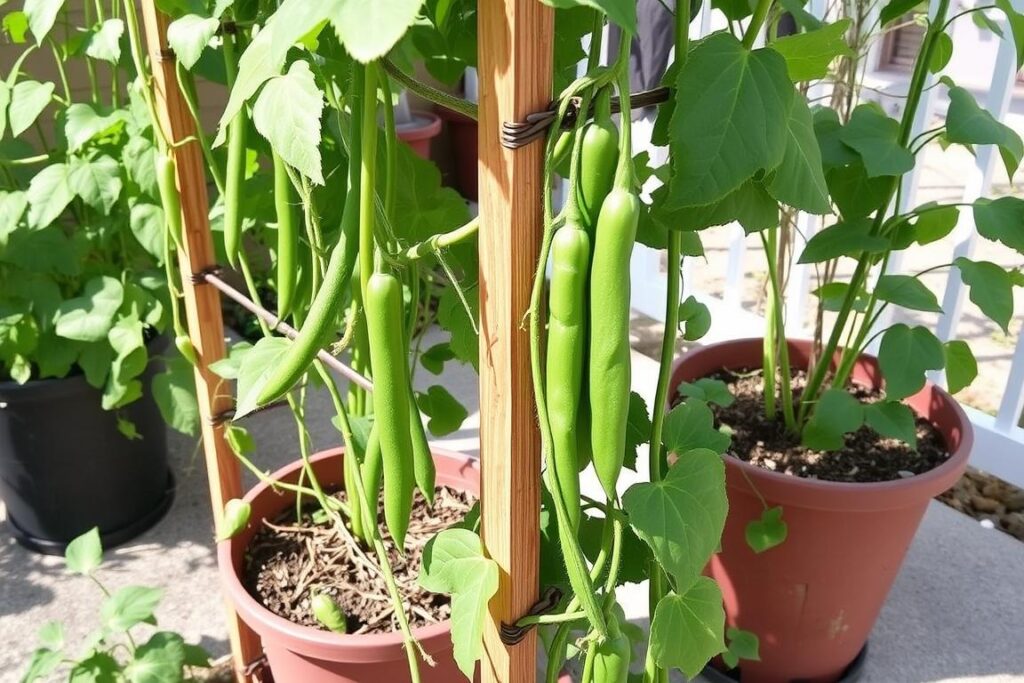
Beans are naturally adapted to drought conditions at a cellular level. Pole varieties are especially suitable for vertical gardens and produce over a long period with minimal water.
3. Peppers
Both sweet and hot peppers thrive in hot, dry conditions. Their deep root systems help them access water, while their waxy leaves reduce evaporation.
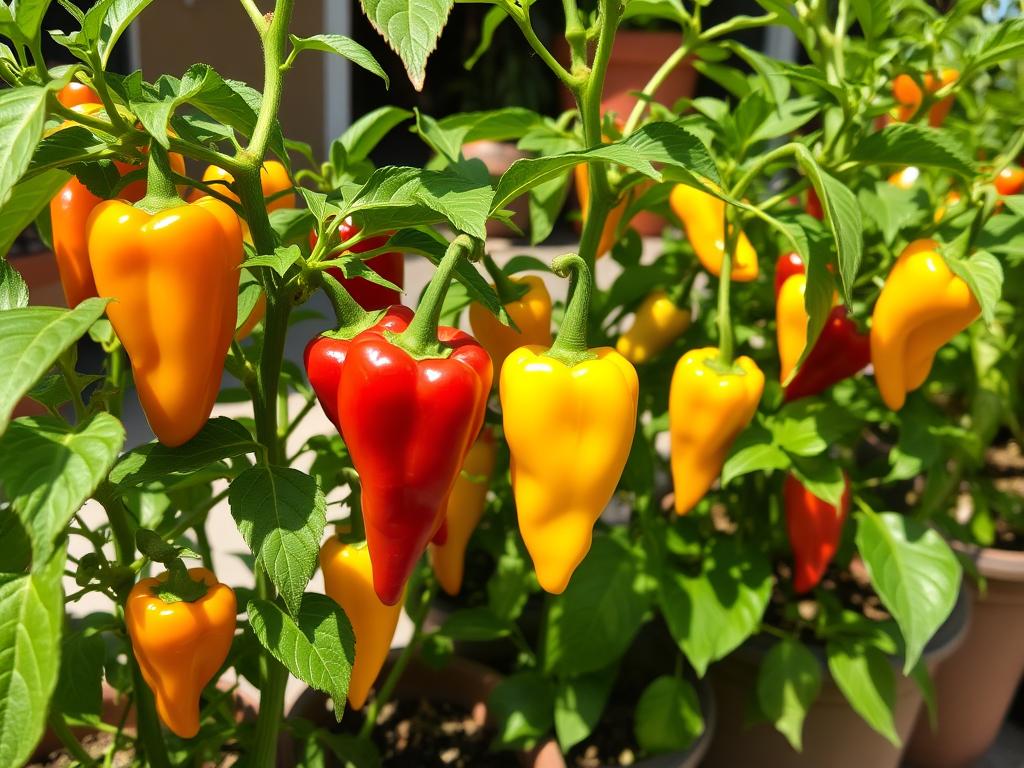
4. Eggplant
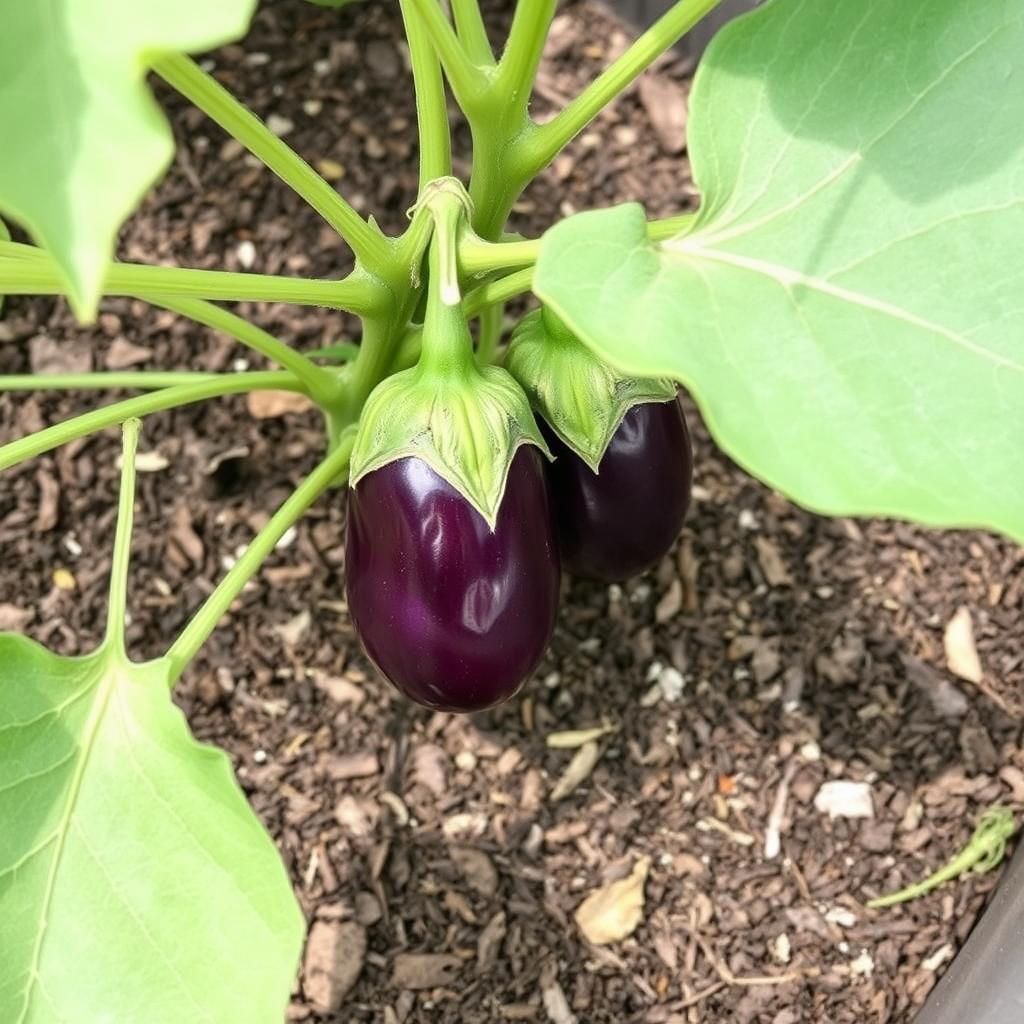
Eggplants love heat and can tolerate dry conditions once established. Varieties like Ping Tung and Listada de Gandia are particularly drought-resistant.
5. Zucchini
The Dark Star zucchini variety was specifically bred for drought resistance. Its roots grow deep to find water sources, making it ideal for container gardens.
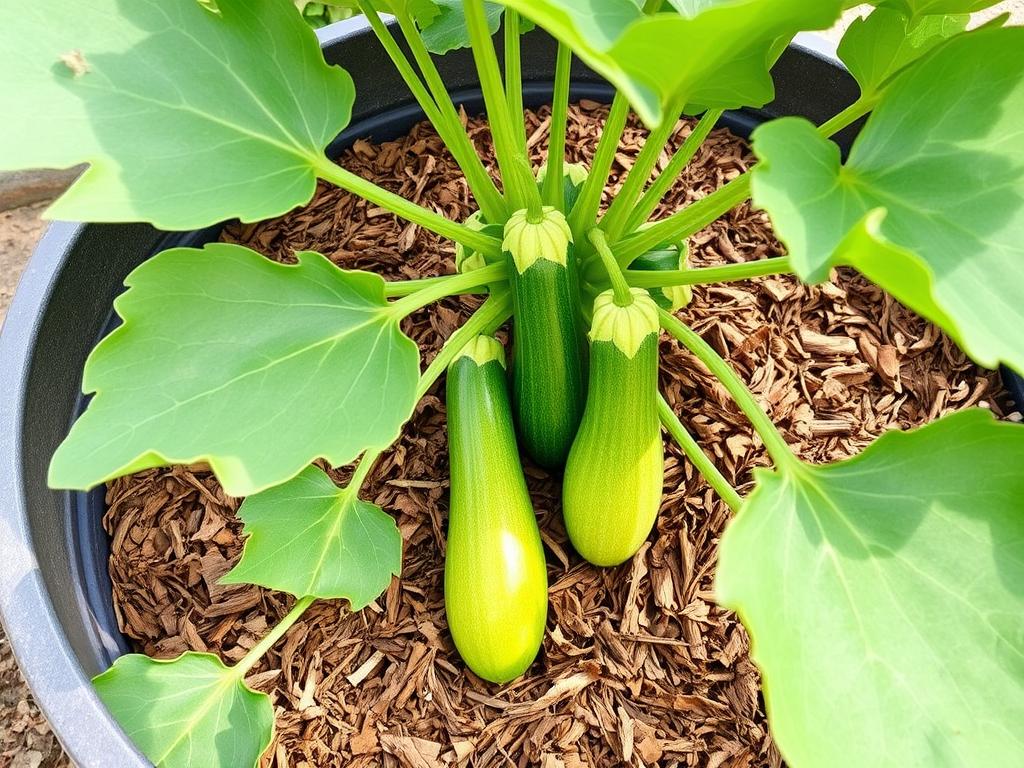
6. Cherry Tomatoes
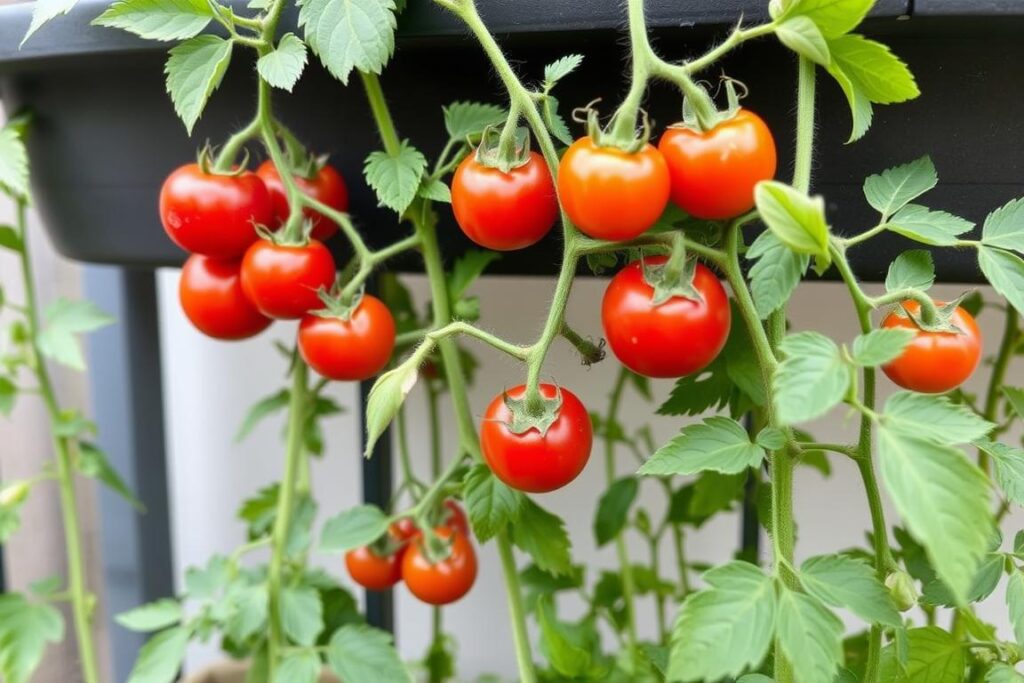
Small-fruited tomato varieties require less water than larger types. They establish deep root systems quickly and can access moisture from deeper soil layers.
7. Okra
Okra thrives in hot, dry conditions and produces well even during drought periods. Its deep taproot helps it access water from lower soil levels.
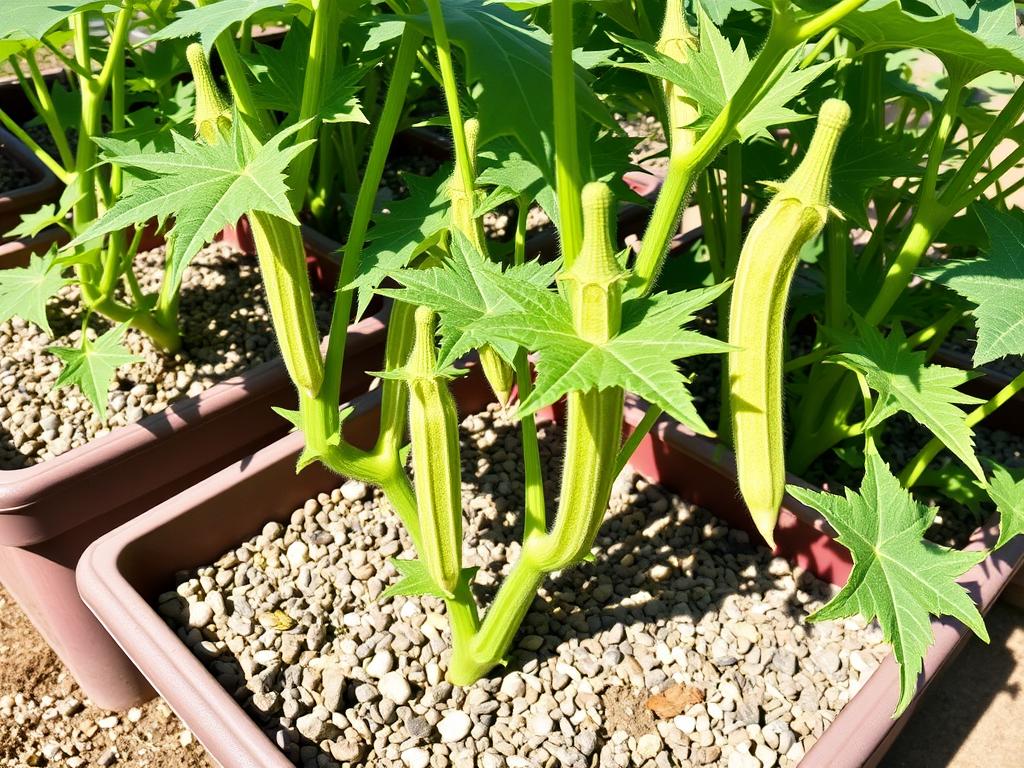
8. Herbs: Rosemary, Thyme, Sage, and Lavender
Mediterranean herbs are naturally adapted to dry conditions and thrive in containers with minimal water. They also make excellent companion plants for vegetables.
Rosemary
Deeply drought-resistant once established. Use a 12-inch pot with excellent drainage. Water only when soil is completely dry.
Thyme
Perfect for small containers or as ground cover in larger pots. Requires minimal water and thrives in poor soil conditions.
Sage
Grows well in containers at least 8 inches deep. Water sparingly and allow to dry completely between waterings.
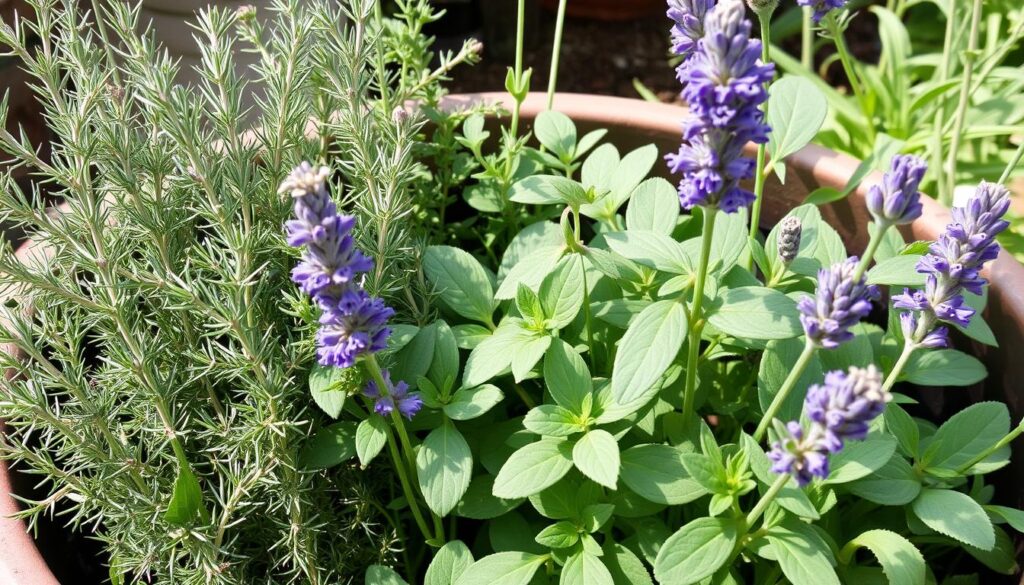
9. Arugula
This peppery green is surprisingly drought-tolerant and can be grown in shallow containers. It actually develops a more intense flavor when slightly water-stressed.
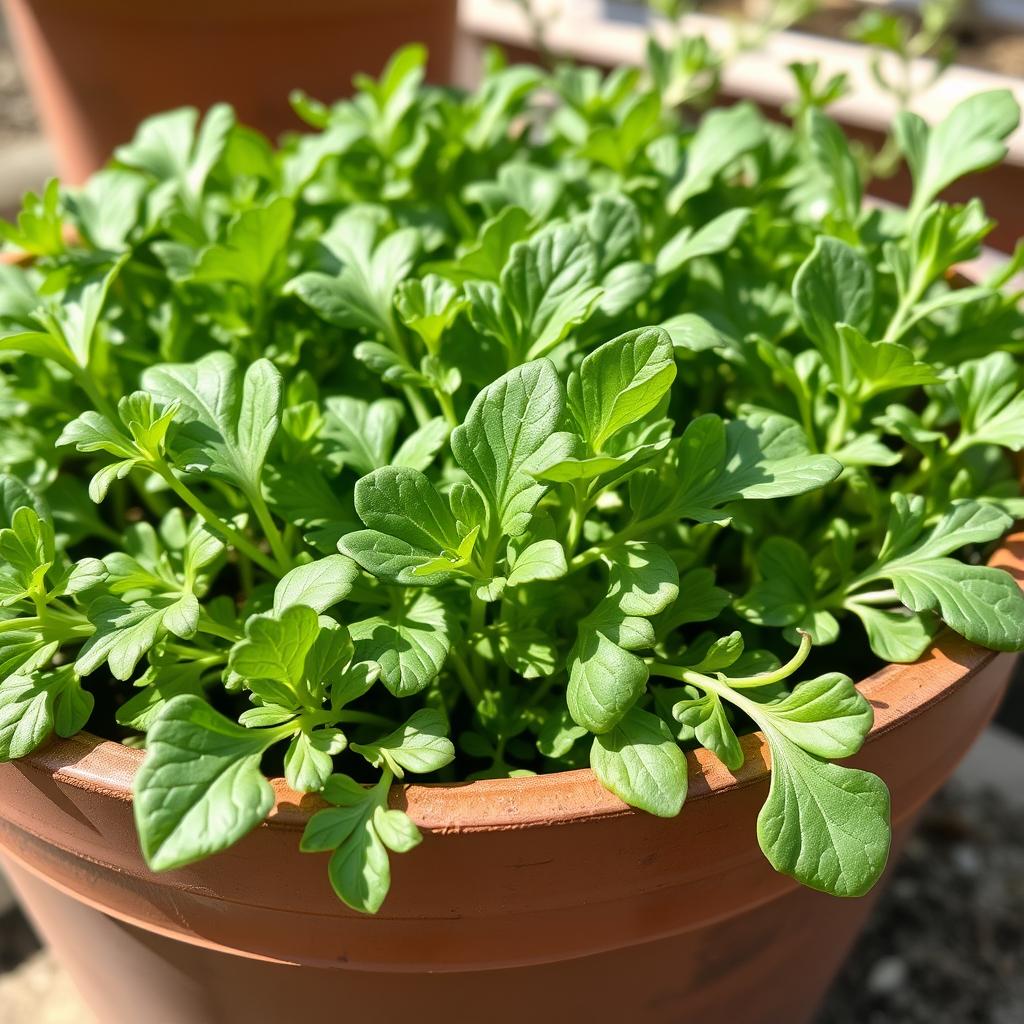
10. Mustard Greens
Mustard greens develop deep roots when watered properly, allowing them to withstand dry periods. They add a spicy kick to salads and stir-fries.
Water-Saving Techniques for Container Gardens
Implementing these water-conservation strategies will help your drought-resistant vegetables thrive with minimal irrigation.
Simple DIY Drip Irrigation
Create an effective drip system using recycled materials:
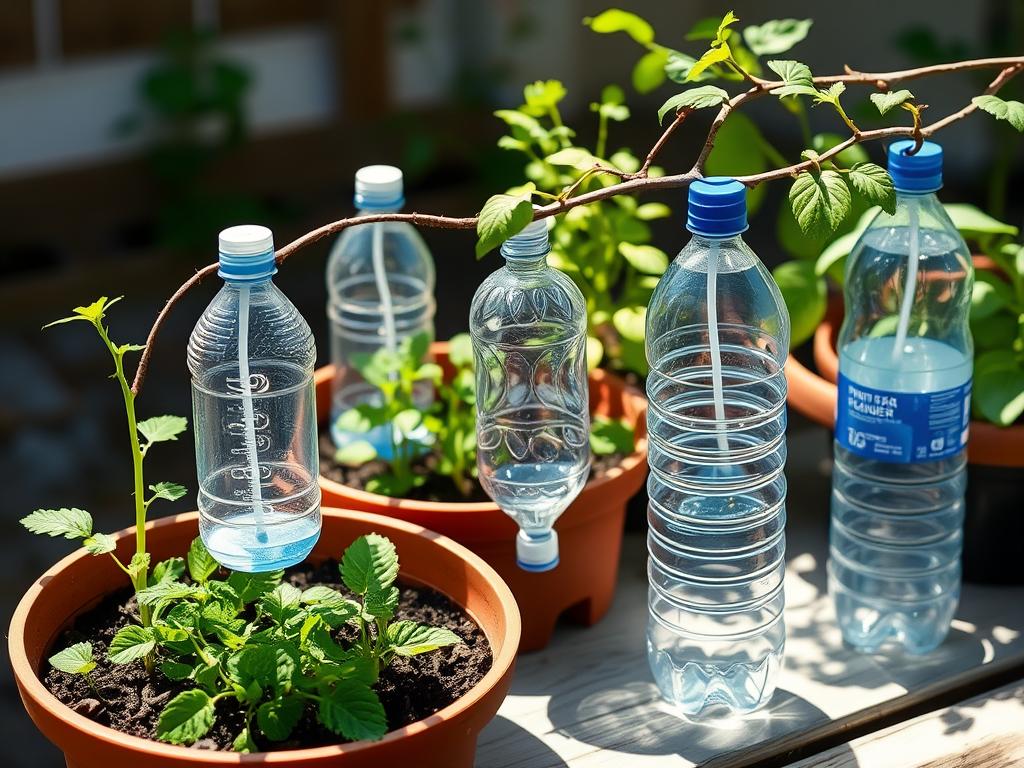
Effective Mulching Materials
Mulch is essential for reducing evaporation in container gardens. Consider these options:
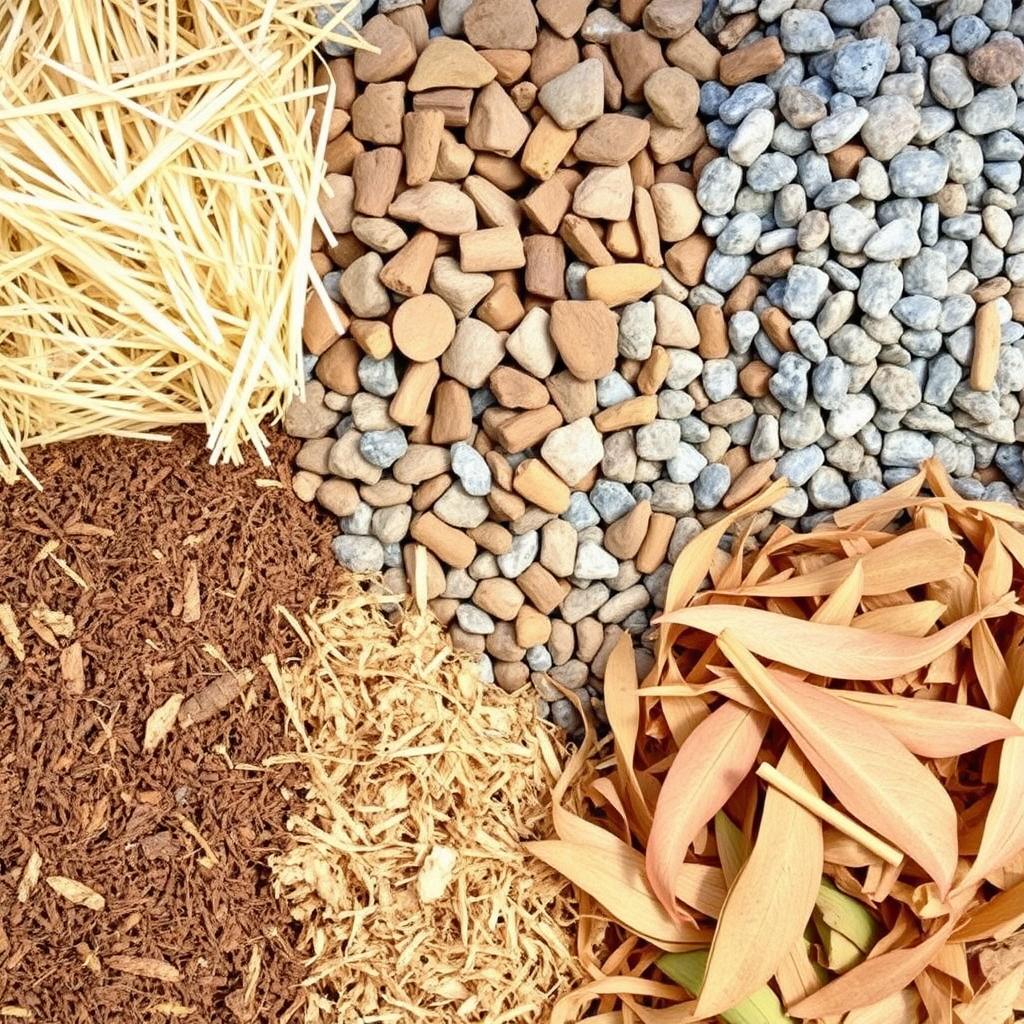
Strategic Shade Placement
Even drought-resistant vegetables benefit from strategic shade during the hottest part of the day:
Troubleshooting Common Issues
Signs of Water Stress
Even drought-resistant vegetables can struggle if conditions become too extreme. Learn to recognize these signs:
Underwatering Signs
Overwatering Signs
Pest Management in Dry Conditions
Drought-stressed plants can be more susceptible to certain pests. Manage them without adding excess moisture:
Getting Started with Your Drought-Resistant Container Garden
Growing drought-resistant vegetables in containers or vertical gardens is an excellent way to produce fresh food while conserving water. Start with just a few plants that match your climate and space, then expand as you gain confidence. Remember that even drought-resistant plants need regular watering when first established – it’s only after they develop strong root systems that their water-efficient qualities truly shine.
By combining the right plant selections with water-smart container practices, you can create a productive garden that thrives even in challenging conditions. Your efforts will not only reward you with fresh, homegrown produce but also contribute to more sustainable water use in your community.
Ready to Start Your Water-Smart Garden?
Download our complete planning guide with printable templates, watering schedules, and container combinations for drought-resistant vegetables.
Will is a vertical gardening enthusiast and sustainable cultivation specialist with a passion for helping people grow fresh food in small spaces and dry climates. With years of hands-on experience testing smart irrigation systems, optimizing urban gardens, and exploring eco-friendly solutions, this author shares clear, practical tips to turn any corner into a productive garden. Whether on a sunny balcony or in a compact backyard, Will helps readers save water, maximize space, and enjoy healthy harvests year-round. When not tending to his plants, you’ll find him sipping herbal tea and sketching ideas for new sustainable projects.

